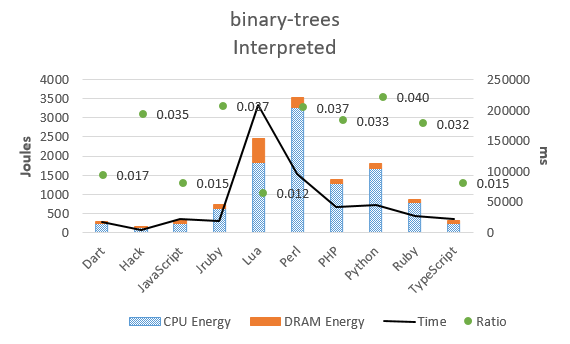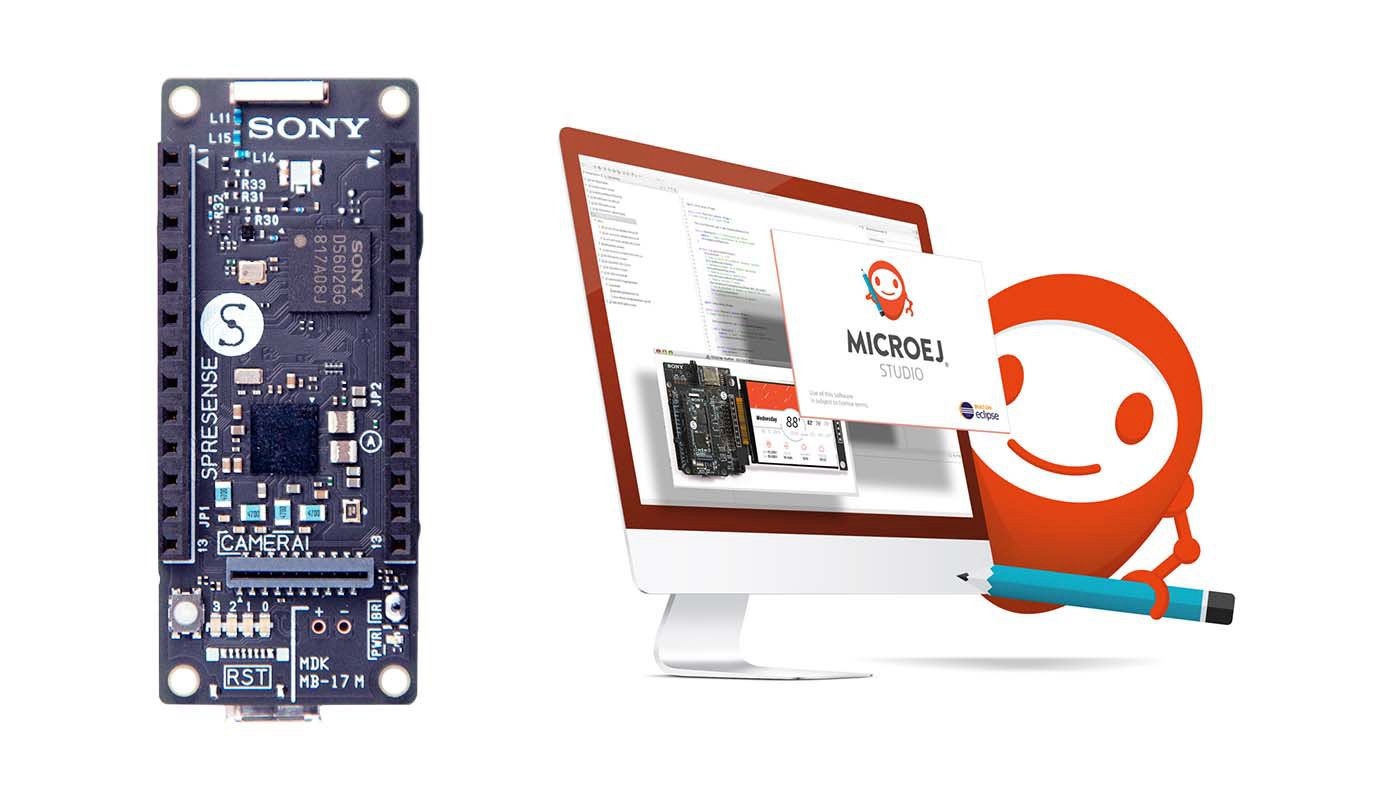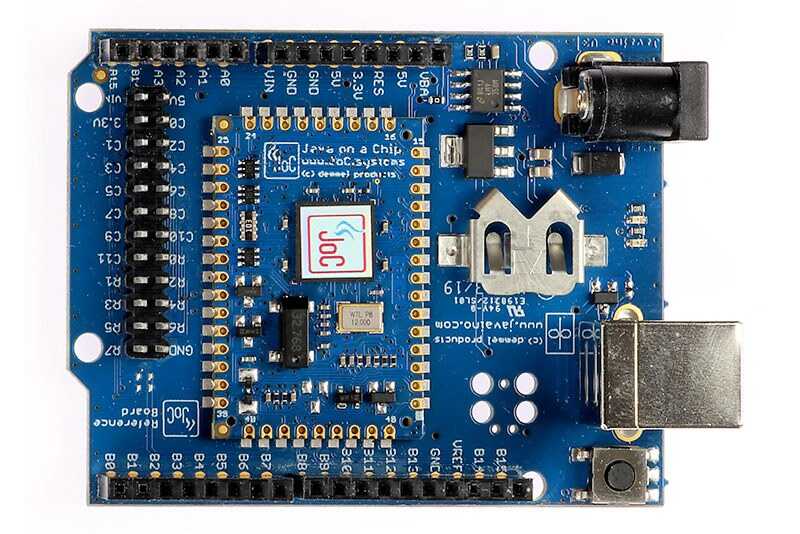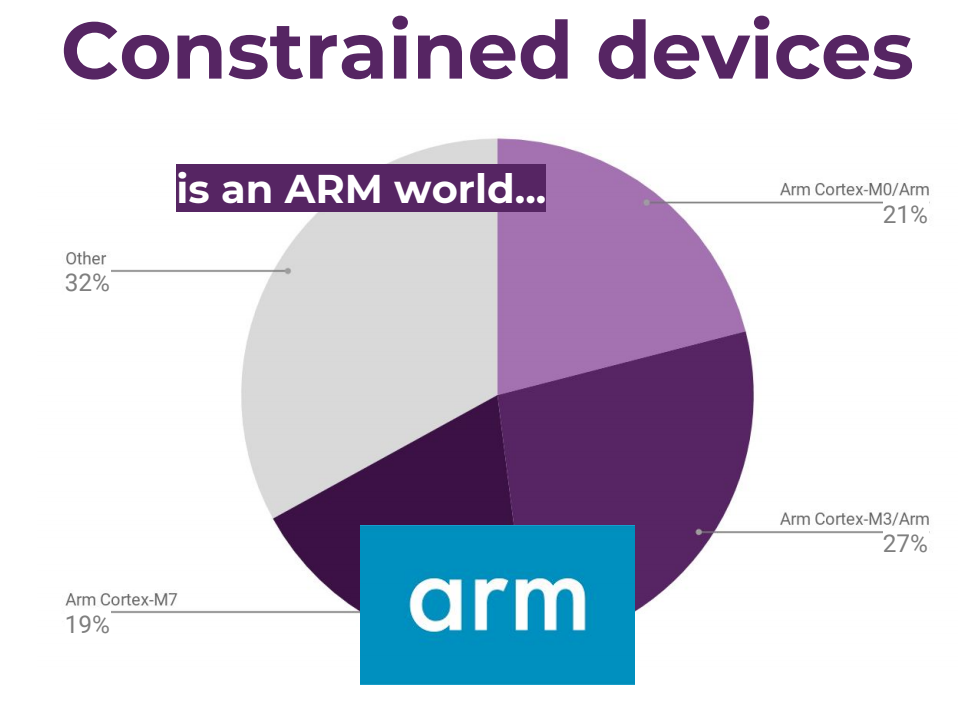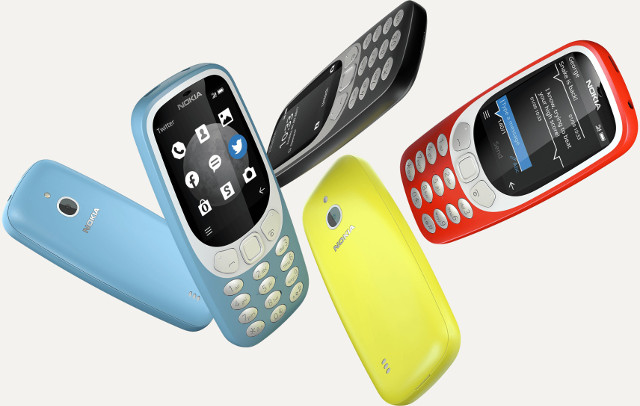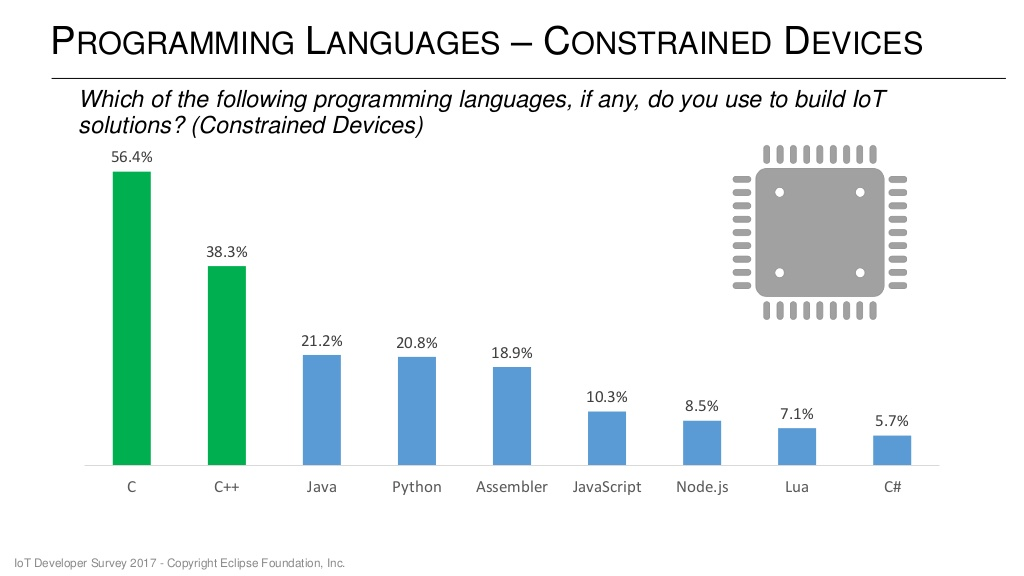Android 12 was only released in October 2021 and Google has already released the first developer preview of Android 13 with better privacy and security, efforts to improve developer productivity, and more work on better support for larger screens like tablets or Chromebooks building on the work done on Android 12L. Android 13 privacy and security features Google announces two new features related to privacy and security: Photo picker and APIs – Android 13 adds a system photo picker to share both local and cloud-based photos securely. Apps can use the photo picker APIs to access shared photos and videos without needing permission to view all media files on the device. So if an app just needs to access photos or videos, there’s no need to request full storage access. The photo picker will also be brought to through Google Play system updates on devices running Android 11 and higher, […]
Save the planet! Program in C, avoid Python, Perl
As a former software engineer who’s mostly worked with C programming, and to a lesser extent assembler, I know in my heart that those are the two most efficient programming languages since they are so close to the hardware. But to remove any doubts, a team of Portuguese university researchers attempted to quantify the energy efficiency of different programming languages (and of their compiler/interpreter) in a paper entitled Energy Efficiency across Programming Languages published in 2017, where they looked at the runtime, memory usage, and energy consumption of twenty-seven well-known programming languages. C is the uncontested winner here being the most efficient, while Python, which I’ll now call the polluters’ programming language :), is right at the bottom of the scale together with Perl. The study goes through the methodology and various benchmarks, but let’s pick the binary-trees results to illustrate the point starting with compiled code. To the surprise […]
Sony Spresense 6-core MCU Development Board Now Supports Java
Sony Spresense board was introduced in spring 2018 with a 6-core Cortex-M4 microcontroller from the company, GPS & GLONASS, as well as audio support. The breadboard-compatible board could also be inserted into an Arduino UNO R3 compatible base board, and Sony offered support for both the Arduino IDE and a C-based NuttX-based SDK. You’ll find some more details and photos in our “review”. Sony has now partnered with MicroEJ to provide developers with Java support on Spresense board through MicroEJ Virtual Execution Environment (VEE). A Java simulator (VEE Virtual Device) allows you to develop software for Spresense independently of the hardware. Beside plenty of libraries, MicroEJ VEE features MEJ32 32-bit virtual core is compatible with various architectures including ARM Cortex-M, ARM Cortex-Ax, RX, V85, MIPS32, TriCore, and Tensilica. Java enables application portability which means that any GUI/IoT/Security or application code can run on various embedded systems supported by MicroEJ VEE. […]
Linaro Connect San Diego 2019 Schedule – IoT, AI, Optimizations, Compilers and More
Linaro has recently released the full schedule of Linaro Connect San Diego 2019 that will take place on September 23-27. Even if you can’t attend, it’s always interested to check out the schedule to find out what interesting work is done on Arm Linux, Zephyr OS, and so on. So I’ve created my own virtual schedule with some of the most relevant and interesting sessions of the five-day event. Monday, September 23 14:00 – 14:25 – SAN19-101 Thermal Governors: How to pick the right one by Keerthy Jagadeesh, Software Engineer, Texas Instruments With higher Gigahertz and multiple cores packed in a SoC the need for thermal management for Arm based SoCs gets more and more critical. Thermal governors that define the policy for thermal management play a pivotal role in ensuring thermal safety of the device. Choosing the right one ensures the device performs optimally with in the thermal budget. […]
Javaino JoC Reference Board & Module Bring Java to the Embedded World
There is a Java-programmable module on the block. The module is going to change the face of programming and make things easier. The Java-on-Chip (JoC) module was designed by the Austrian manufacturer, Demmel. This module minimizes programming and development time of smart applications. The first thing to remember is that commercially embedded systems are developed with programmable languages, and they typically employ the use of either the C language or assembly. However, Demmel has made this new module and board specifically for Java programmers. The Java-programmable module is designed to work with the Javaino JoC reference board. Another thing about the JoC module is that it radically shortens development times. Furthermore, it simplifies PCB design efforts and also reduces programming effort. Also, the Java-programmable module comes as a tiny 24 × 36-mm module. As a matter of fact, it offers a diverse selection of interface options. Now, these options can […]
Eclipse IoT Survey Report Reveals Arm & Linux Dominate, Security Concerns
The Eclipse IoT Working Group has just released a report asking the global IoT developer community to share their perceptions, requirements, and priorities. And with over 1,700 individuals taking the survey between February and March 2019, the key findings are interesting: IoT drives real-world, commercial outcomes today. 65% of respondents are currently working on IoT projects professionally or will be in the next 18 months. IoT developers mostly use C, C++, Java, JavaScript, and Python AWS, Azure, and GCP are the leading IoT cloud platforms Top three industry focus areas remain the same as last year: IoT Platforms, Home Automation, and Industrial Automation / IIoT. MQTT remains the dominant IoT communication protocol leveraged by developers The Eclipse Desktop IDE is the leading IDE for building IoT applications The last point may be slightly biased because the survey was done by the Eclipse IoT Working Group, so most respondents were already […]
Nokia 3310 3G Dumb Phone Works with 2G & 3G Networks
Many people use smartphones now, but “dumb” feature phones are still being sold, as they are cheaper, some may find smartphones too complicated to use, while others wary about privacy issues. However, most feature phones comes with 2G connectivity, and with 2G sunset in many countries, I’ve recently realized it’s not so easy to find a simple phone with 3G cellular connectivity. The good news is that Nokia 3310 3G has just been announced by HMD global. Nokia 3310 3G specifications: SoC – TBD System Memory – TBD Storage – 64 MB storage; MicroSD card slot supporting up 32GB Display – 2.4” QVGA (320×240) color display Keyboard – “beautiful push buttons and iconic, shaped design” Camera – 2MP camera with LED flash Audio – Headphone jack Cellular Connectivity 2G/ 3G connectivity: dual band 900/1800 MHz +3G Band 1 and 8 (Single SIM) quad band GSM 850/900/1800/1900 + 3G Band 1, […]
Top Programming Languages & Operating Systems for the Internet of Things
The Eclipse foundation has recently done its IoT Developer Survey answered by 713 developers, where they asked IoT programming languages, cloud platforms, IoT operating systems, messaging protocols (MQTT, HTTP), IoT hardware architectures and more. The results have now been published. So let’s have a look at some of the slides, especially with regards to programming languages and operating systems bearing in mind that IoT is a general terms that may apply to sensors, gateways and the cloud, so the survey correctly separated languages for different segments of the IoT ecosystem. C and C++ are still the preferred languages for constrained devices, and developers are normally using more than one language as the total is well over 100%. IoT gateways are more powerful and resourceful (memory/storage) hardware, so it’s no surprise higher level languages like Java and Python join C and C++, with Java being the most used language with 40.8% […]


